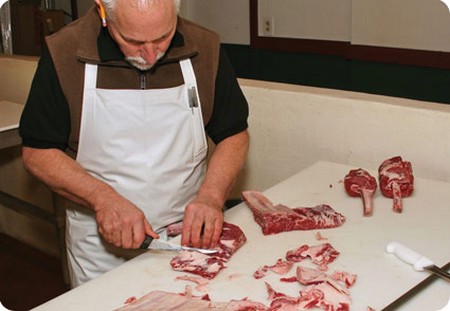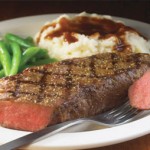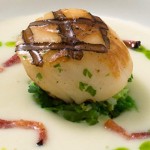There are many ways to cut beef. Here are the different types of ways. Read on for more information below.
Different Types of Steak
The T-bone steak, the top loin (and boneless version), porterhouse, tenderloin and sirloin all are taken from the loin of the cow.
The cow yields several cuts from the front shoulder region. Shoulder steak, pot roast, chuck top roast are pieces from the shoulder.
The place underneath the flank is a not as tender. Briskets and shank crosscuts come from this region.
The area towards the ribs yield back and rib steaks and rib roasts.
There is a section beneath the ribs near the belly and plate is where skirt steak comes from. Behind the shank is where the flank steak and London broil are gathered from.
Identification
Some cuts identify themselves like the ribs and T-bone steak. The cuts that have connective tissue and marbling apparent are great for slow cookers. The heat serves to break don’t the fibrous tissues and make them tender. If the cut looks lean it can be sauteed and grilled easily. It can also be cut against the grain such as London broil cuts.
Function
The way you use the mean will be the function of it. Most beef can be ground and sold. It would not profitable to sell the tenderloin for as little as ground beef sales. To sale it as is, is a more profitable situation. The tougher beef cuts are great for roasting and slow cookers like crock pots. Bone in shanks are ideal for braising.
Size
If you need common sizes your butcher will not have an issue accommodating your needs. Special orders are always available. You will find that larger requests may be cut in 2 or 3 pound sections. The bigger slices of meat is taken from the back leg or round section. The smaller cuts come from the location where the loin is. The small, round medallions in the grocery store are more expensive. They are the filet mignon and tenderloins.
Features
The features of beef vary according to what it the pieces look like. The visual fat (also called marbling), the bone and the connective tissues are all features that will vary. These are used to determine how much you will pay. Slices that come from the back of the leg region is not as tender as other parts. It has more marbleizing and tissues that connect it. This translates to a longer cooking time when it is time for preparation. These are the ways you can easily identify which cut of beef you will be purchasing and consuming.



